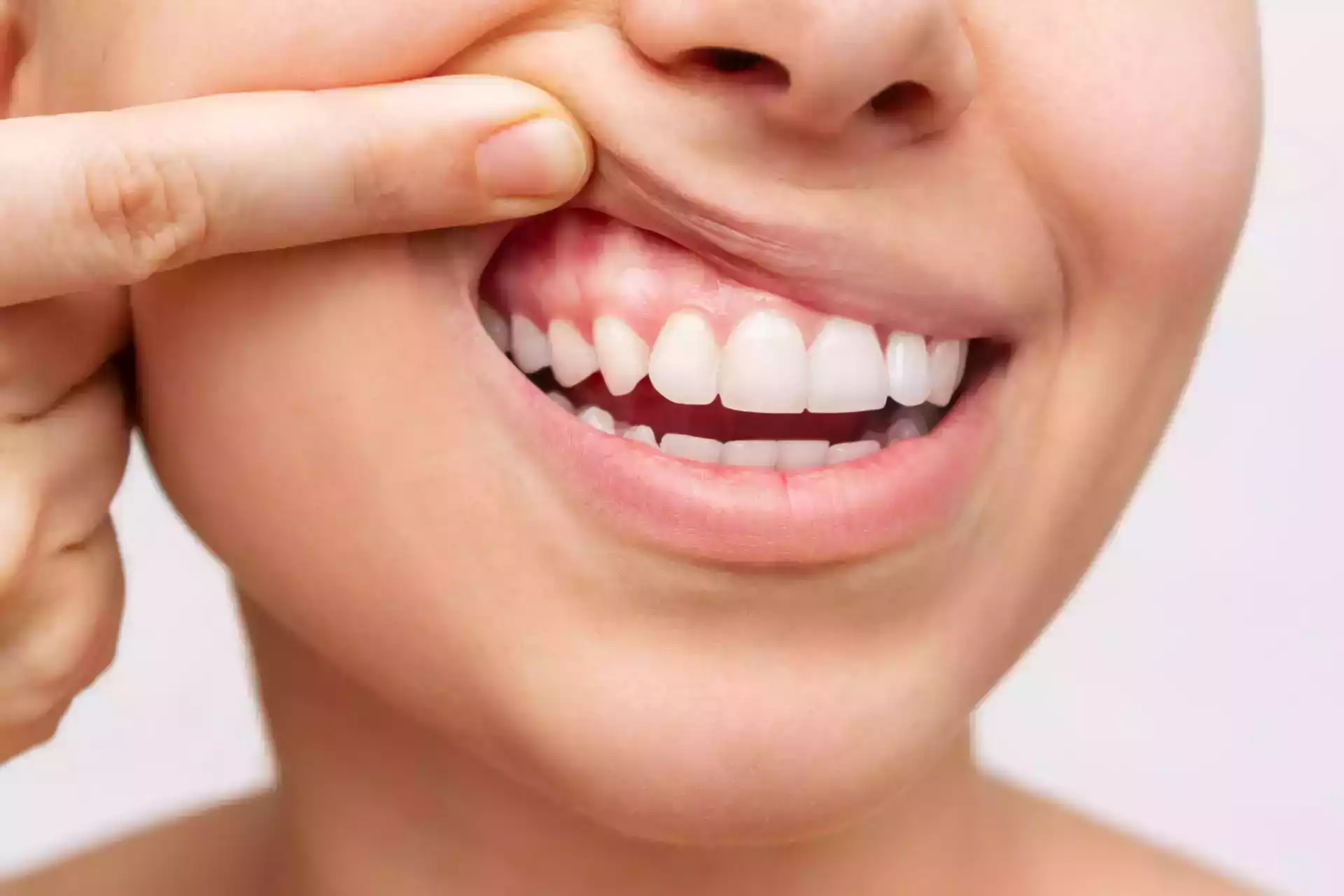A Useful Guide to Receding Gums: Treatment & Costs
Receding gums are more common than you think – a periodontal disease – affecting 1 in 4 individuals. You will know if you have got gum recession as your gums retract away from your teeth. Consequently, this means more of your tooth is exposed, and severe gum recession will mean very sensitive parts of your tooth are exposed.
Severe gum recession is worrying for many who suffer from them. Aesthetically, receding gums can affect the appeal of your smile and therefore self-esteem too. Though many get treatment for receding gums for cosmetic reasons, it’s also important for your oral health. For example, imposing tooth loss and cavities are a couple of examples of how gum recession can affect your dental tissue.
Gum Recession Explained
Gum recession happens gradually over time, where the gum recedes from your teeth and can be caused by several things. Some examples include:
- Plaque: Gum recession can evolve from plaque build-up as the bacteria in plaque can collect near the gums – if left untreated, plaque develops into tartar. The biproducts from tartar will dissolve away your gum tissue and lead to receding gums. It’s important to seek professional help from a periodontist.
- Aggressive Brushing: Hard brushing or using hard bristled toothbrushes can make your gums recede. It’s often advised to use an electric toothbrush which can alert you if you brush too hard.
- Poor oral hygiene
- Hormones: In women hormonal changes can sometimes make your gums recede
- Health conditions: Diseases such as diabetes and HIV can cause receding gums
- A dry mouth means less saliva to wash away harmful bacteria leading to plaque and gum recession
How to prevent gum recession?
Having knowledge of the causes of gum recession will also help you understand how to stop receding gums going forward. On the flip side you can do the following to stop receding gums:
- Brush your teeth thoroughly twice every day.
- Floss once daily.
- Use an antimicrobial mouthwash twice daily.
- Follow your dentist’s recommendation for teeth cleanings. (Many people can maintain healthy gums with six-month cleanings, but some may need more frequent visits.)
- Use a soft-bristled toothbrush.
- Don’t smoke or use chewing tobacco.
How to know if my gums are receding?
Since gums recede over time, many individuals don’t notice they have gum recession until much later. However, some symptoms of gum recession can help you spot signs you might have it. For example, tooth sensitivity or if your teeth seem to look longer from the top i.e., you can see more of your tooth. Other tale-tale signs include:
- Constant bleeding when flossing or brushing your teeth
- Gums that are abnormally red or swollen
- Bad oral odour
- Pain and tenderness along the gum line
- Sensitivity to hot and cold foods and drinks
- Loose teeth
- Visible tooth roots
The Importance of Receding Gums Treatment
It’s incredibly important to get receding gums treatment if you have signs, you’ve got it. Not only is it a cosmetic issue, but it is a threat to nearby teeth and can develop into serious dental health problems. Therefore, if you think you’ve got gum recession, don’t ignore it, as it can develop into serious dental problems that can be irreversible.
Treatment for Receding Gums & How to Stop Receding Gums
It’s always good to have both your general dentist and periodontist actively involved in your care plan and the treatment of your periodontal disease such as gum recession. This will form a successful collaborative approach that will better inform your treatment plan for your individual needs and history. A suitable treatment plan for your receding gums will begin by finding the underlying cause. It’s important to detect the root of the problem to ensure gum recession doesn’t re-occur.
If you receive treatment for receding gums, your dentist may only need to clean your teeth. For example, it might simply be a case of removing plaque and tartar to stop further gum recession.
In severe cases, surgery may be necessary. There are two types of surgical approaches such as grafting and flap surgery. Which method is best for you depends on the severity of your gum recession and how fast its progressed.
Flap surgery
It involves your dentist cleaning far down the gum tissue. This effectively removes all the tartar and plaque build-up. To do this, your dentist will have to lift your gum, do the cleaning, and then close it back down. Hence why the name “flap” surgery.
Gum grafting
If your receding gums are bad enough and the roots of your teeth have become visible, you’ll need grafting. The grafting procedure corrects gum recession by reviving the dental tissue or bone in the affected area.
Placing a bone tissue from your body or a synthetic material near the gums, grafting can encourage your gums to grow.
The Cost of Receding Gums Treatment
Surgical treatment for receding gums can cost hundreds of pounds, and depending on the severity of your condition, can go up to over a £1000. If you want more affordable treatment for receding gums, many seek dental services in Turkey due to the lower prices.
